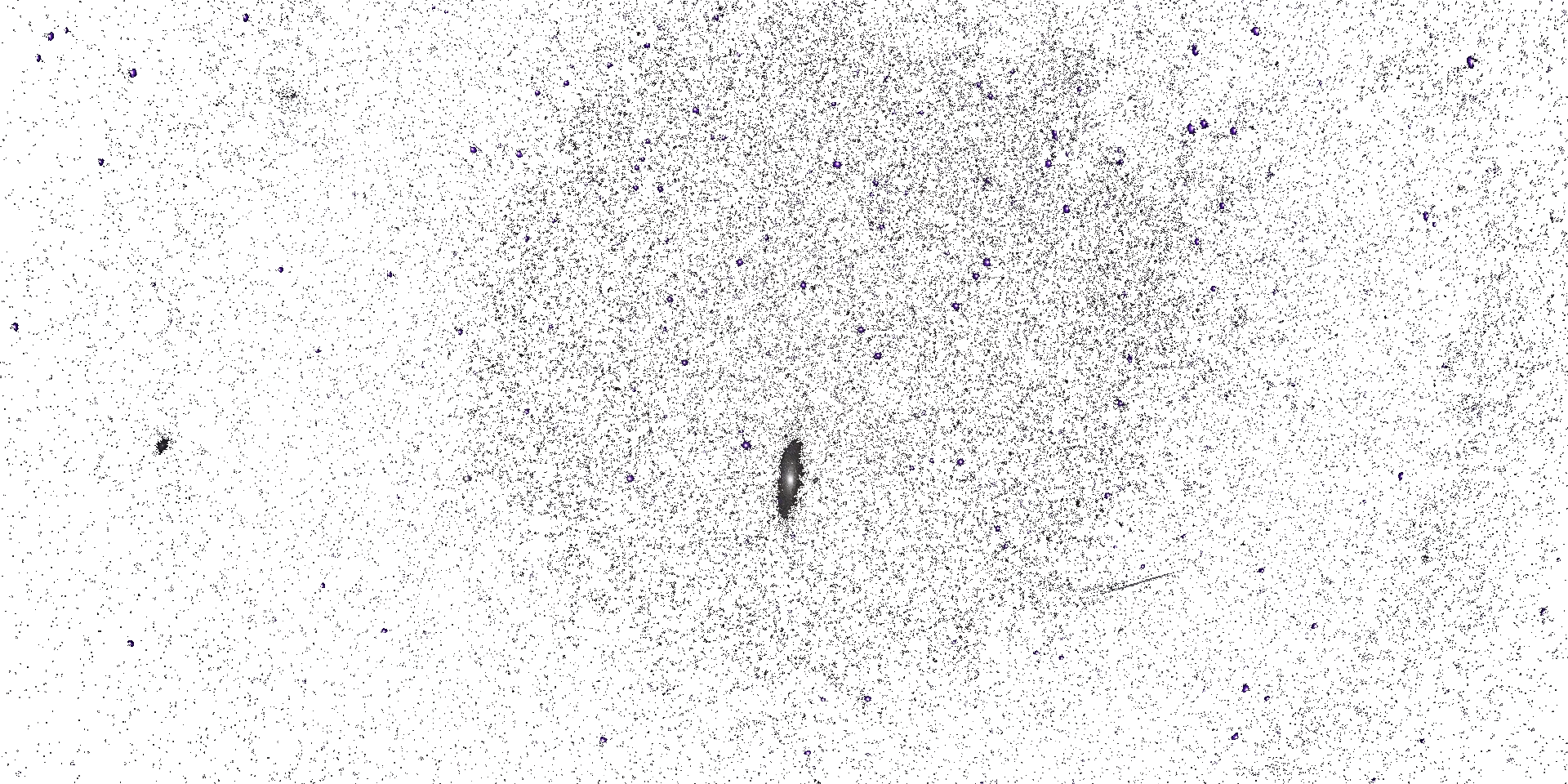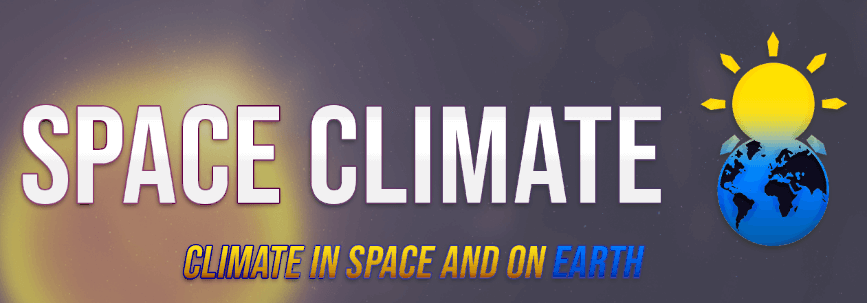




Space Climate 8 Meeting Abstract
Solar irradiance variability in the near-UV Ca II H & K lines
Sowmya Krishnamurthy (Max Planck Institute for Solar System Research)
Krishnamurthy Sowmya[1], Alexander I. Shapiro[1],
Veronika Witzke[1], Nina-Elisabeth Nèmec[2,1], Theodosios Chatzistergos[1],
Kok Leng Yeo[1], Natalie A. Krivova[1], and Sami K. Solanki[1,3]
[1]Max-Planck-Institut für Sonnensystemforschung,
Justus-von-Liebig-Weg 3, 37077 Göttingen, Germany
[2]Institut für Astrophysik und Geophysik, Georg-August-Universität Göttingen, Friedrich-Hund-Platz 1, D-37077 Göttingen, Germany
[3]School of Space Research, Kyung Hee University,
YongIn, Gyeonggi 446--701, Korea
Solar brightness varies at all measured timescales and wavelengths. Variations on timescales of a day and longer are driven by the solar surface magnetic fields. Brightness changes in the ultraviolet (UV) in particular affect the Earth's climate via the so-called top-down mechanism. Accurate reconstruction of solar UV variability is therefore of significance to climate modeling.
In the Spectral And Total Irradiance REconstruction (SATIRE) model, the magnetically driven solar irradiance changes are modeled as the combined effect of surface magnetic features, namely faculae and spots. The spectra of these magnetic features are weighted with their disk area coverages to obtain the solar spectral irradiance variations. We use SATIRE in combination with the non-LTE spectra from the radiative transfer code RH to model the variability in strong chromospheric Ca II H & K lines. This not only allows us to accurately reconstruct the variability in these UV lines but also to understand the link between coverage of the solar disk by magnetic features and the Ca II H & K emission which is quantified via the broadly used magnetic activity proxy S-index. Further, we show that the S-index is influenced by the inclination angle between the solar rotation axis and the observer's line-of-sight, i.e. the solar S-index values obtained by an out-of-ecliptic observer are different from those obtained by an ecliptic-bound observer. We find that depending on the inclination and period of observations, the activity cycle in solar S-index can appear weaker or stronger than in stars with a solar-like level of magnetic activity. In addition, we show that the solar S-index cycle is absolutely normal in the context of stars with near-solar magnetic activity.
Mode of presentation: oral (Need to be confirmed by the SOC)
